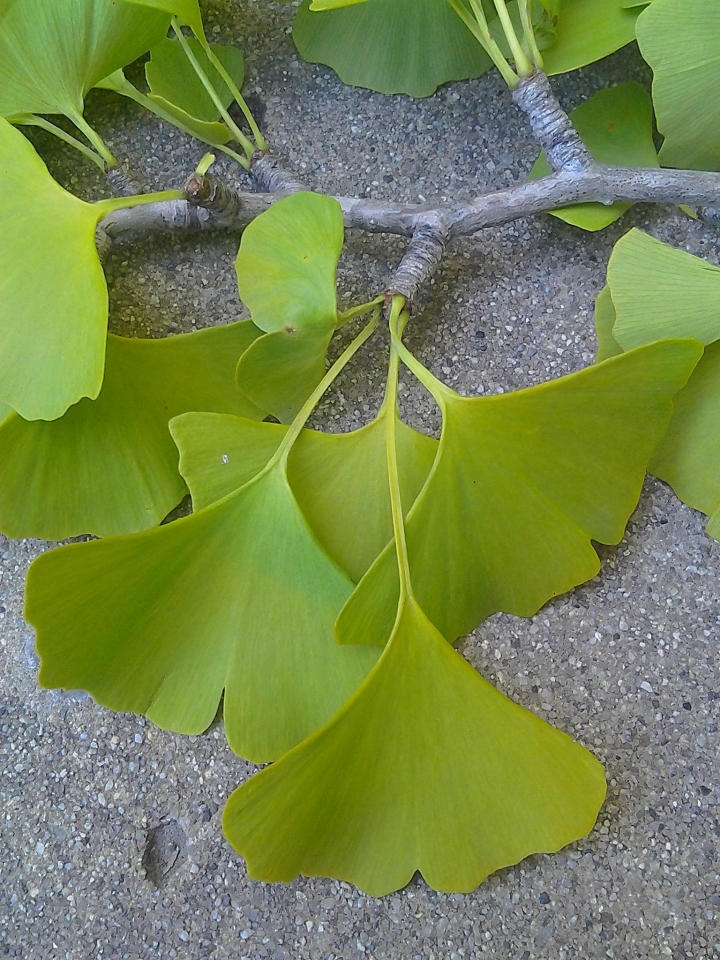 Mild winter weather on the West Coast limits the choices for autumn color. So many of the trees, shrubs, vines and perennials that get so colorful where autumn weather is cooler do not get so colorful here. Mild weather also allows so many more evergreen plants and plants that do not get colorful in autumn to thrive here than in harsher climates. Consequently, the tougher and more colorful plants are not so common.
Mild winter weather on the West Coast limits the choices for autumn color. So many of the trees, shrubs, vines and perennials that get so colorful where autumn weather is cooler do not get so colorful here. Mild weather also allows so many more evergreen plants and plants that do not get colorful in autumn to thrive here than in harsher climates. Consequently, the tougher and more colorful plants are not so common.
Fortunately for those who appreciate autumn color, there are a few choices that do not mind mild weather. The three most reliable trees for autumn color are sweetgum (liquidambar), Chinese pistache and flowering pear. All three turn yellow, orange and red. Maidenhair tree (gingko) is just as reliable, and turns bright yellow, but lacks orange and red. (‘Saratoga’ gingko turns pale yellow.)
If the weather is right, fruitless mulberry, tulip tree, black walnut and the various poplars display clear yellow foliage. Eastern redbud can do the same, but is a small tree. Smoke tree and crape myrtle are large shrubbery or small trees that can get as colorful with yellow, orange and red as Chinese pistache does. Japanese maples have the potential to turn yellow or even orange, but more often turn dingy brown.
Grapevines and wisteria are vines that can be somewhat colorful if they hold their foliage long enough to get noticed. Boston ivy, which is actually more closely related to grapevines than to ivy, is the most colorful of the vines in autumn. Unfortunately, it can be too destructive to paint, wood and whatever else it grabs hold of to be practical for home gardens. It works nicely on indestructible concrete walls.
Heavenly bamboo, which seems to have appealing but distinct foliar color for every season, turns richer shades of reddish bronze through autumn. Some cultivars turn rich brown. Others become more purplish red or burgundy. Unlike other autumn foliage that sooner or later falls through winter, heavenly bamboo is evergreen, so hold its color until it get replaced by another color in spring. Unfortunately, there are not many other evergreens that turn color in such mild weather.
I was noticing a bit of change in our heavenly bamboo this week. We’re still too warm for much change to be happening, but it’s often the first to show some signs of autumn. The Chinese tallow trees are changing, too, but they’re not encouraged here as they’re invasives, and are crowding out other species.
LikeLiked by 1 person
Oh, I read about that, but did not give it much consideration, just because they are so well behaved here. Although they are not one of my favorites, they happen to work nicely as street trees here, with complaisant roots.
LikeLiked by 1 person
Coming from the east coast, I’ve always been a little disappointed with Alabama’s fall color, but there are spectacular moments with maples. In my own garden, Japanese maples, Gingko, and Burning Bush (Euonymus alatus) can be counted on for great color.
LikeLiked by 1 person
Japanese maples ‘can’ color well, but they are not reliable, just because their foliage is so likely to get roasted by the end of summer. We grew them at the farm, but I do not like them in landscapes. They just are not so well suited to the aridity here, even though they are a fad. Burning bush is not even available here.
LikeLike